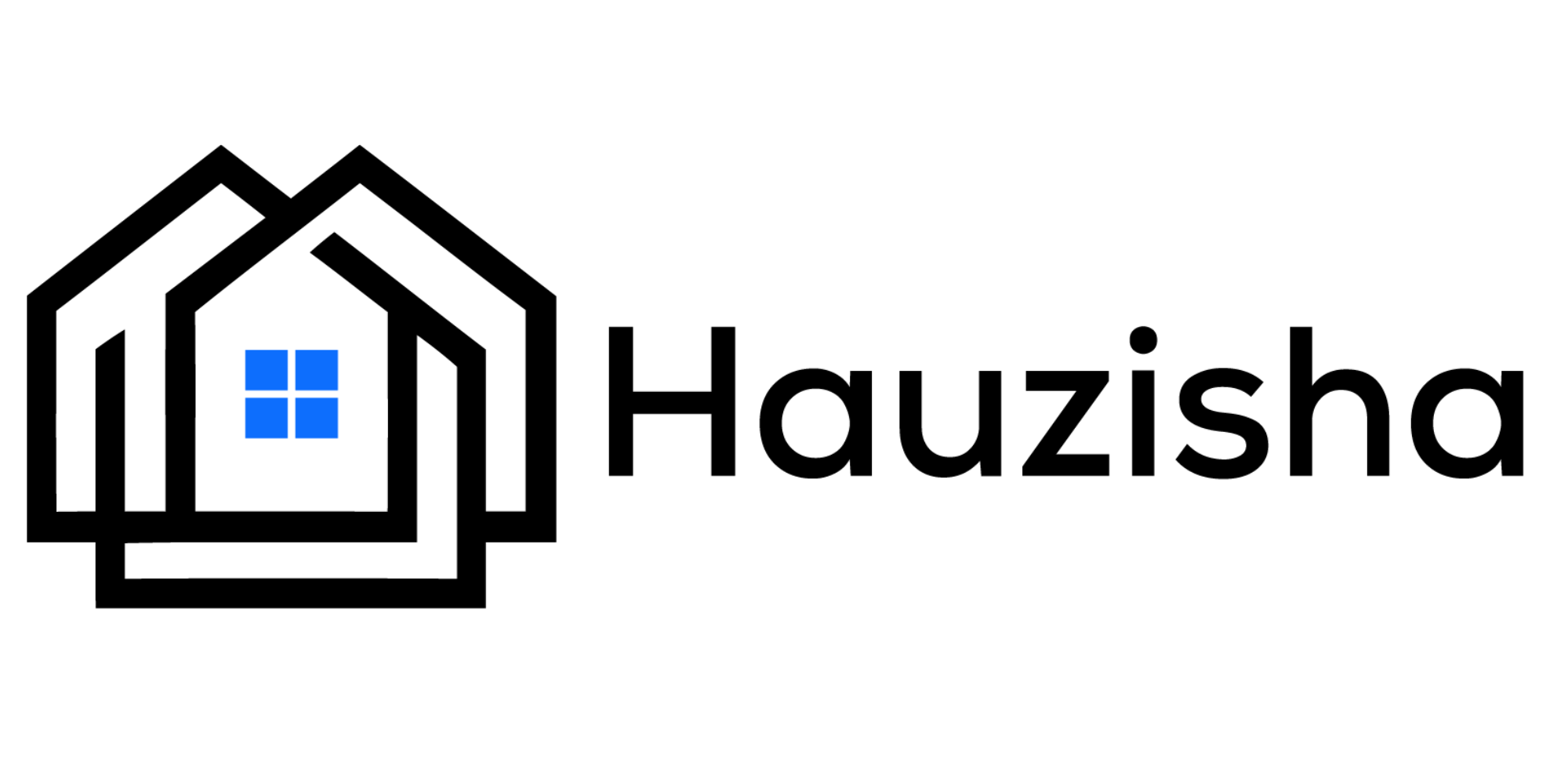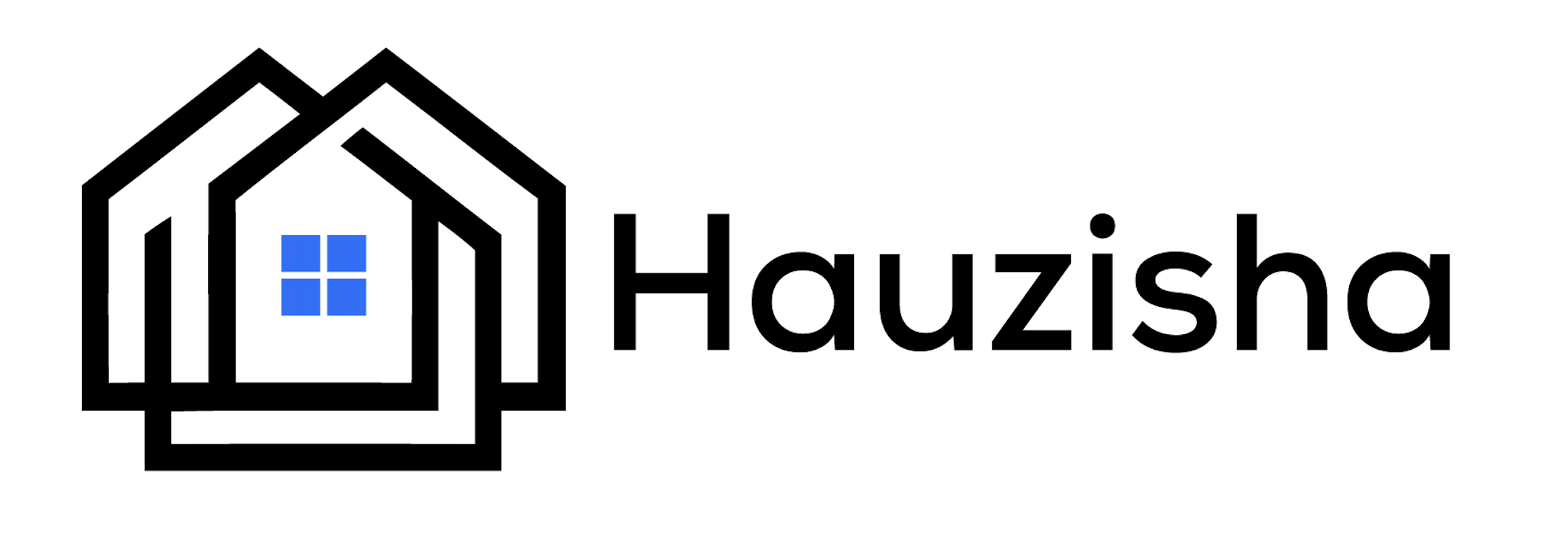Buying a new home is a long-term commitment and investment that requires you to get everything right up front. Finding the ideal home you want can be overwhelming and time-consuming, especially if you are new in the daily-evolving real estate market. Therefore, to get your exact choice, you must consider your preferences and decide which ones are negotiable and deal-breakers. However, it having your budget in consideration will help you to avoid frustrations from the multiple tempting options. Here is a house-buying checklist to assist in your selection.
1. The House Size
Having a general idea of the size of the home you want will make your decision-making easier. A trusted realtor agent will help you estimate the minimum and maximum size in square feet, the number of bedrooms, and the compound if needed.
Your needs and preferences will determine the house size you need. For example, you will need a larger house with more bedrooms if you have a big family.
While a big house offers space for family and guests, a smaller one also has its benefits. First, it is cheaper to maintain, easier to furnish, and a perfect choice to start life.
2. The House’s Exterior Condition
You wouldn’t want a house requiring instant renovation unless it cuts your budget. Nonetheless, take a keen look at the outdoor surrounding, even if the interior is perfect for you. However, an excellent home inspector can help identify any faults you may fail to notice. Below are some exterior components you need to inspect carefully:
- Roof: let the inspector check for any signs of damage on the roof. Additionally, find out its age and material. A roof with special shingles for harsh weather conditions can earn you a discount on homeowners insurance.
- Foundation: repairing a faulty foundation can be pretty costly. To identify faults in the foundation, look for windows and doors that jam and crack in the walls, especially around the windows and doorways. A professional can judge better and sign off on the foundation’s state.
- Siding: check for any signs of poor maintenance and disrepair around the house’s exterior. Be keen on peeling paint, rusting door hinges, cracks, rotting wood, and other signs of decay.
3. Cooling and Heating Systems
You might need a professional to help you judge the conditions of these systems. Please find out the types of cooling and heating systems in the house; each temperature control system has pros and cons.
4. What Type of Heating System is there?
Is it a furnace-powered or forced-air system? Does the furnace operate by gas or electricity, or does the house rely on a different heating system? Many older homes may have an electric baseboard heater or a radiator system and a boiler.
5. What is The Cooling System in the House?
The cooling system depends on the location where you are buying your house. You may find a central air conditioner in the house in hot areas. The other alternative is several AC units on the walls and near the windows.
Ensure to go for temperature control systems that please you to avoid replacement costs in the future.
6. The House’s Attic
If possible, look at the attic and check for any leakage signs or damaged or rotting roof structure. If you cannot, let a professional home inspector do a proper attic inspection. Moreover, do not overlook animal droppings, as it is an infestation you are not ready to handle.
Living with rodents in your attic can cause significant damage. Furthermore, check the attic’s insulation and ventilation; inform your home inspector if they appear dump or water stained.
7. Consider the Home Curb
While you may have to change a few things to suit your taste, ensure that the curb is in perfect condition. Ensure that the yard is to your liking; a large lawn with grass and flowers or low-maintenance landscaping. Additionally, do not ignore the backyard and the features you would appreciate. Some homes have a large backyard full of artificial and natural elements such as ponds, built-in girls, swing decks, patios, hot tubs, etc.
While some of these features might look attractive in your compound, sometimes they may come as a liability. Maintaining such a curb in good condition might cost you time and money. Contrarily, if the house does not have these features already, is there room to include them when you need them?
8. The Available Garage
Check if the garage suits your needs. You might want a spacious garage if you have multiple cars or plan to use the space for extra services like storage. Note the total space in the lot; check the width and length of the driveway and street parking, if any. Make sure that the garage satisfies the following questions:
- What garage size do you want?
- Do you need room for storage, organizing stuff, or some extra space for a workbench?
- Is it a stand-alone garage or attached to the main house?
If you can answer these questions, you can identify the ideal garage. Moreover, ensure that the doors are functional and in perfect condition.
9. Check the Neighborhood
Walking around the house’s neighbourhood in each direction will help you judge the area. Some people love a peaceful and silent community, while others will pay any amount for a lively one. Take note of the age of the homes; are they getting finer, or the more you walk, the more shambles you see? Moreover, note the average age of the neighbours. Suppose the neighbourhood makes you uneasy; rethink your decision to live there.
In addition, think of the places your family frequents. If you are working and have school-going kids, consider the proximity to work and school. Please do not rely on Google maps; instead, visit the places and be sure.
A Final Thought
Many people shy away from house hunting due to its hectic nature and the time it consumes. However, with the above checklist, you can hunt and buy a house like a pro.



